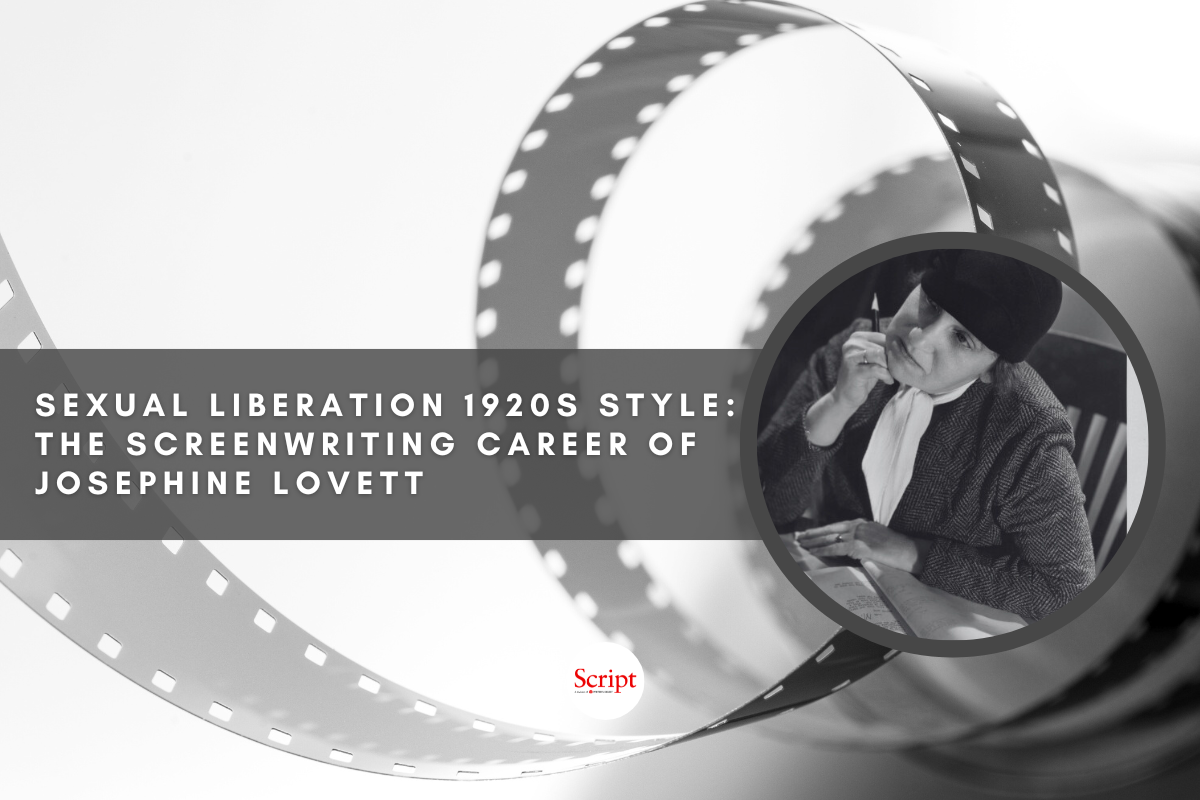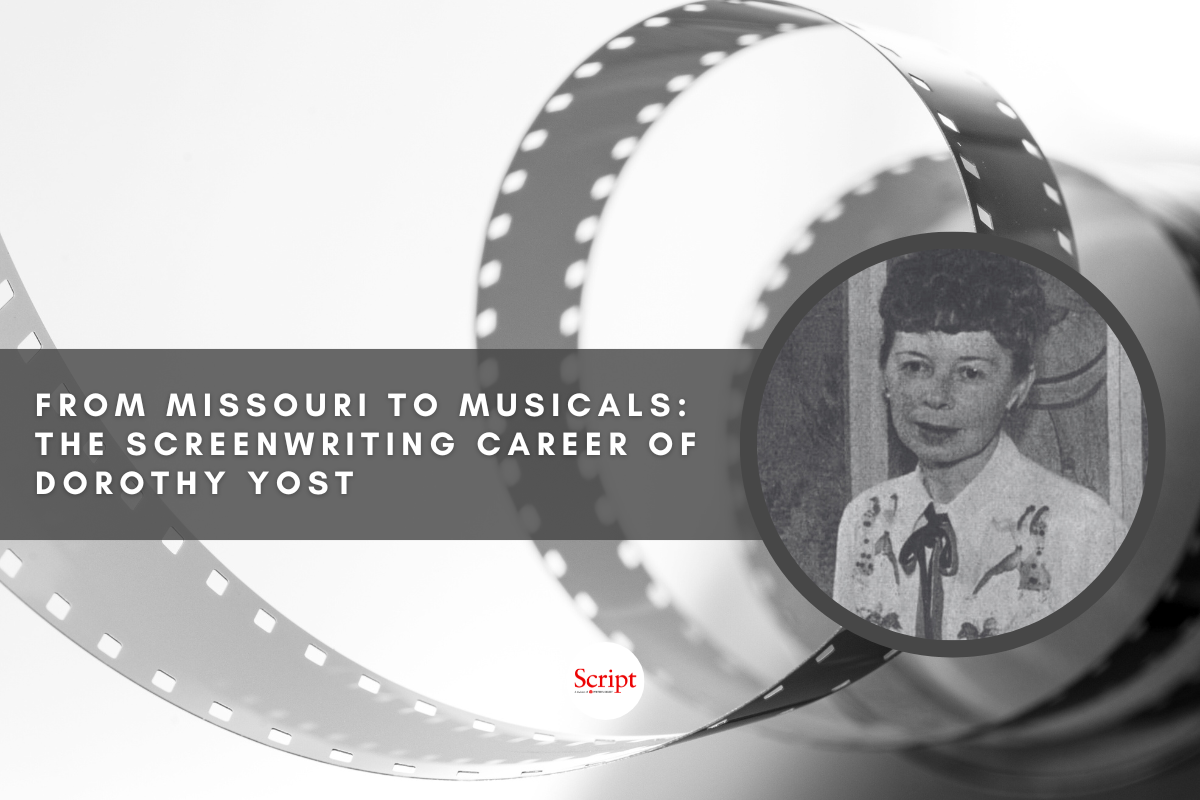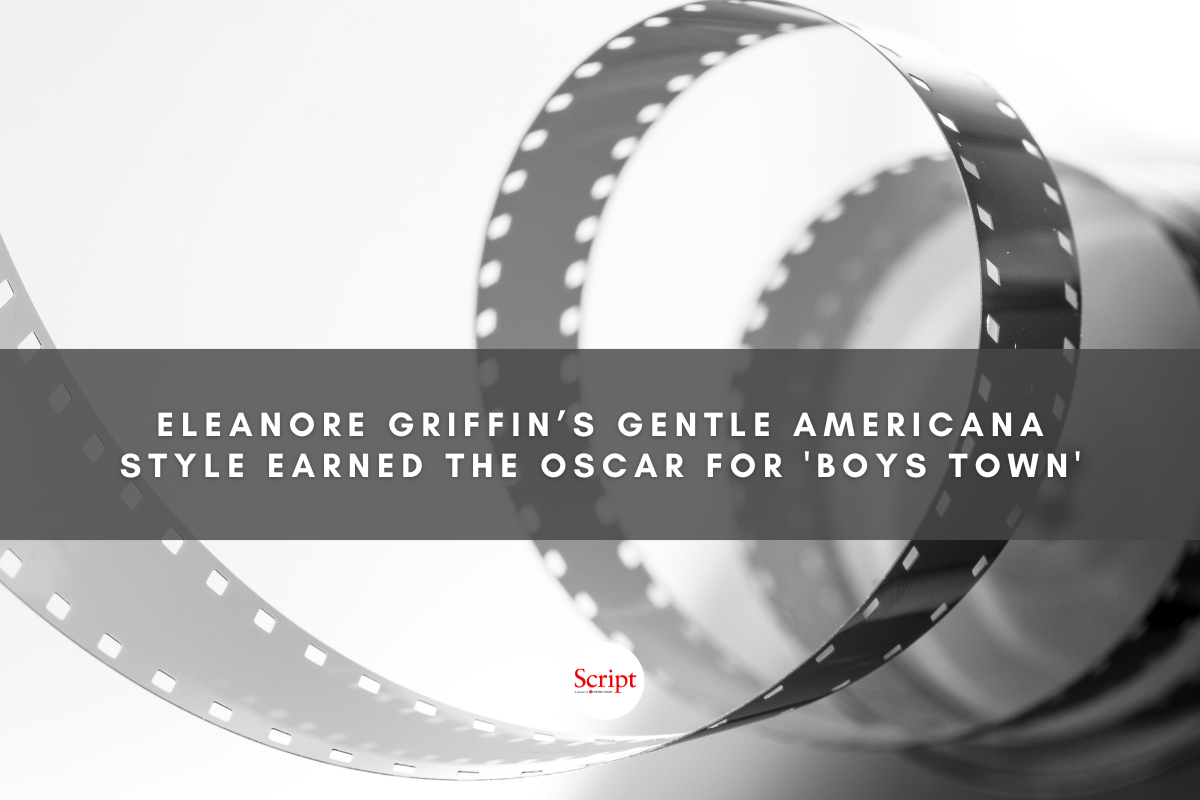Lois Weber: More than a Writer-Director She’s the Auteur Activist of Early Cinema
To celebrate this 50th column, we’re celebrating Lois Weber, whose use of screenwriting in her activism lends continued relevance to her work.
Film studies courses often still fawn all over Cecil B. DeMille and D.W. Griffith. Rather than wallowing in the racist messages of Birth of a Nation, professors should focus on the work of Lois Weber, whose use of screenwriting in her activism lends continued relevance to her work. In an era where we bask in the social justice messages of Get Out, by writer-director Jordan Peele, it seems only right to connect the dots from Weber to Peele. So, to celebrate this 50th column, we’re celebrating Weber.
Florence Lois Weber came into the world in 1879, fifteen years after the end of the Civil War and in Pennsylvania, a state known for abolitionism and the Underground Railroad. Her father had spent time as a missionary, so it’s no surprise activism and progressive causes soaked into her psyche. She proved to be a child prodigy on the piano, but played the organ for the family in their street corner preaching at rescue missions. Her musical ability turned her into a concert pianist, but she segued into acting on stage where she met her eventual husband, Wendell Phillips Smalley, named for his abolitionist grandfather.
The couple married in 1904, and Weber’s singing brought her to the attention of pioneering filmmaker Alice Guy Blaché. Weber began writing scenarios for Guy Blaché at Gaumont Studios in the U.S. but soon, she and Smalley, who liked team directing on material Weber wrote, moved on to other newly-forming film studios. The Rex Motion Picture Company, a subsidiary of Universal Studios, led to their move to Los Angeles.
On the West Coast, Weber’s activist-self thrived both artistically and politically, adapting The Picture of Dorian Gray while also becoming the first mayor of Universal City in 1912. From that point on, her films covered social justice subjects dear to her upbringing. Suspense (1913) saw a home-invasion robbery from the point of view of the woman alone at the time. That same year, The Jew’s Christmas asked questions about what second-generation children lose of their home culture when forced to assimilate. It also covered the societal attitudes against inter-faith marriages, which can be seen in today’s Nobody Wants This (created by Erin Foster). Weber and Smalley shared a love of Shakespeare, which showed up in her adapting The Merchant of Venice (1914) for Smalley and her to star in and co-direct.
Another female writer-producer of the day, Julia Crawford Ivers lured Weber and Smalley from Universal to Bosworth for the chance to make more full-length films and a paycheck that made Weber the highest paid creative of that era. Given carte blanche to write and direct what she chose, Weber chose Hypocrites (1915). The story of artists of two eras crafting statues representing Truth involved a naked statue which allowed Weber to comment on censorship and the question of who decides what can and can’t be seen.
Another executive shift brought the couple back to Universal, but her themes remained the same with examples such as Shoes (1916), focusing on a family in such desperate poverty, their daughter turns to prostitution to afford shoes. The Hand That Rocks the Cradle (1917) involved a doctor’s wife arrested for advocating for birth control to all; since rich women had always had access, the idea was to legalize it for all women. In 1921, Weber adapted an article about the poor pay of college teachers into The Blot, which argued that money is not the only measure of human value.
Weber and Smalley divorced in 1923 and then a combination of societal changes brought on by the Jazz Age that followed World War I and the consolidation of movie studios made Weber’s brand of films harder to make. She continued being hired for random films at the big studios and ended her career with White Heat (1933). Weber died in 1939.
A continued issue with recognizing her as the auteur that she is, that the IMDb listings for most of her films mark her as director even though she wrote most and/or adapted them from existing materials. This denies readers a full understanding of the auteur she was at a time where Griffith and DeMille only directed.
If you’d like to learn more about the history of women in screenwriting, and about the craft of screenwriting while earning your MFA, our low residency Stephens College MFA in TV and Screenwriting is currently accepting applications.
Dr. Rosanne Welch, Executive Director of the Stephens College MFA in TV and Screenwriting, has television credits including Beverly Hills 90210, Picket Fences, ABC News/Nightline and Touched by an Angel. Her award-winning publications include When Women Wrote Hollywood and Women in American History (on the ALA list of 2017’s Best Historical Materials). Welch is Book Reviews editor for Journal of Screenwriting; on the Editorial Boards of Written By magazine and California History Journal and gave a 2016 TEDxCPP talk: “The Importance of Having a Female Voice in the Room”.
Find Dr. Rosanne Welch online: Instagram @drrosannewelch | YouTube DrRosanneWelch | Stephens College MFA Twitter @mfascreenwriter







